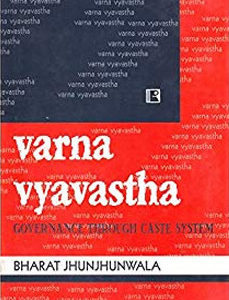Description
Though this study is concerned with district-level politics, yet the major aspects such as resilience, dimensionalism, structural change, nexus between caste, class and power and the role of ideology, development and change in power politics have been taken up in a meaningful and incisive manner. Monodimensional studies signifying either caste or relations of production determining dominance and power undermine the role of development and change. Green revolution, means of transport and communication, education, migration and mobility are an offshoot of the initial basic structural changes, namely, abolition of the jagirdari system, adult franchise and panchayati raj. Hence, change in power structure leads further to a change in socio-economic relations, and the latter brings out again change in power politics. Caste-based mobilisations among the numerically viable castes, and competition, factionalism and rivalries for power among economically better off middle castes (mainly peasants) characterise district-level politics today. Competition for empowerment at the levels of individual, family, faction and community has not only become a stark political reality, the political gains are used as a resource to further status and prestige by the contending individuals, families and groups. Such a process of formation of political capital and its transformation into socio-cultural capital and further its re-transformation back to political capital makes power structure largely status quoist and an insulated domain. Empowerment of some people implies de-empowerment of others. It creates a situation of gainers and loosers. The book, besides analyzing these searching questions, seeks understanding of the sources and locale of power, modus operandi for political and factional alliances and configurations.
A study of politics at the end of millenium in Sikar district of the Shekhawati region in Rajasthan, an erstwhile seat of crude feudalism, shows a lack of correspondence between the pre-independence power structure and the formation and composition of the present-day power elite. The initial sharp political rivalries between the traditional power elite and the emerging middle-caste peasant groups, aspiring for positions of power, became somewhat invisible in the 1980s and 1990s.
Thus, the present study makes significant departures to find out the untapped social bases of power politics. Besides being a very useful addition to the field of Indian political sociology, this study would also serve as a valuable guide for social and political engineering for dissecting factionalized power-ridden society.









